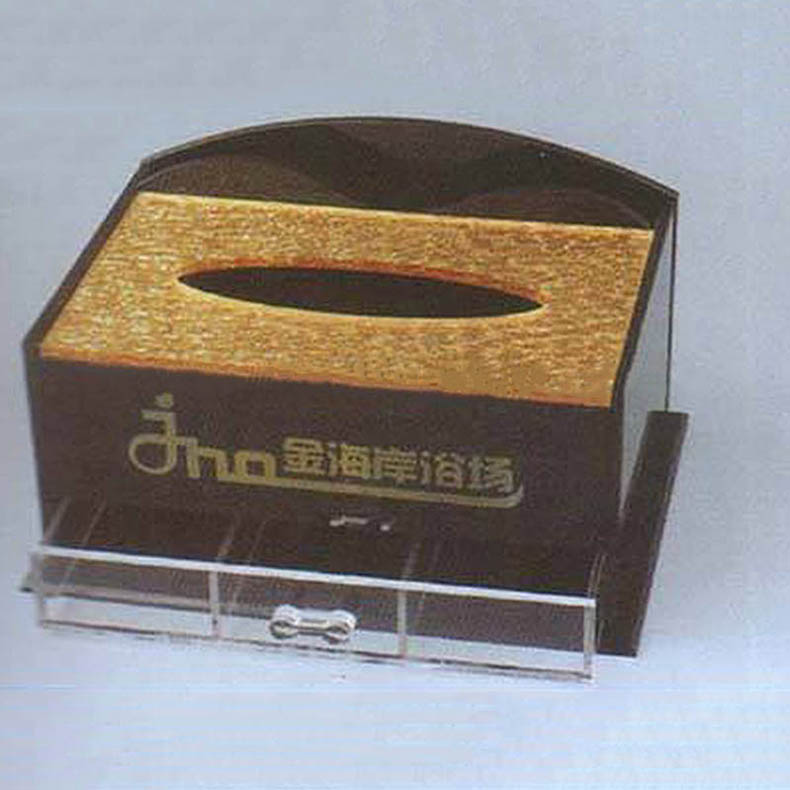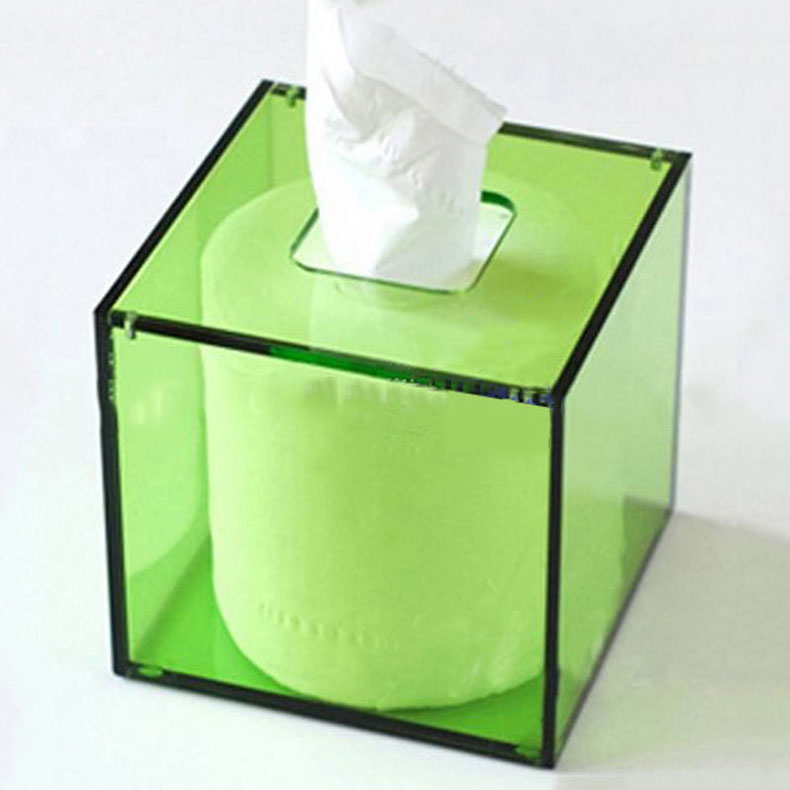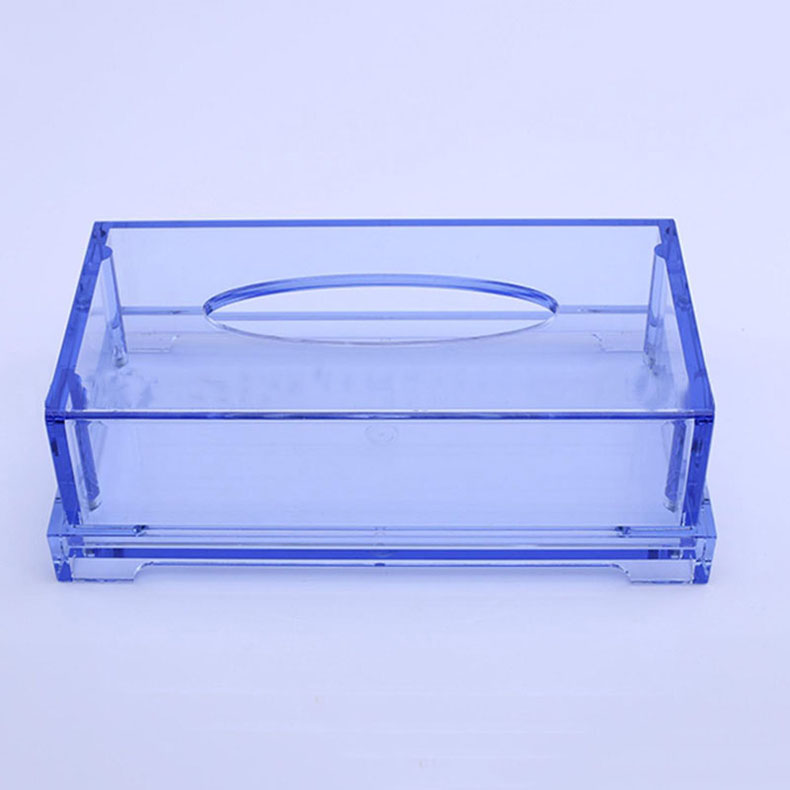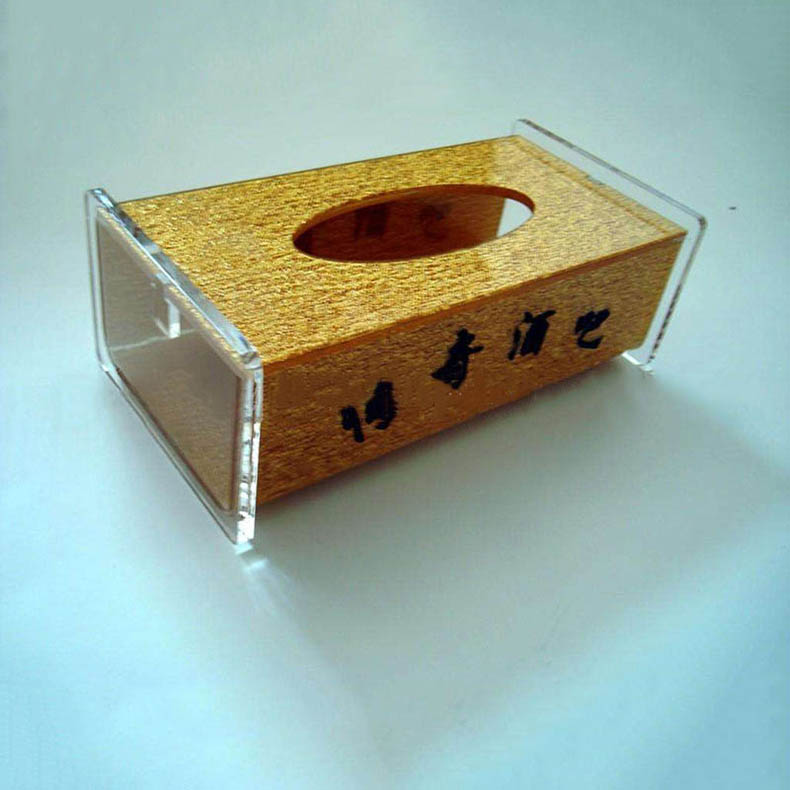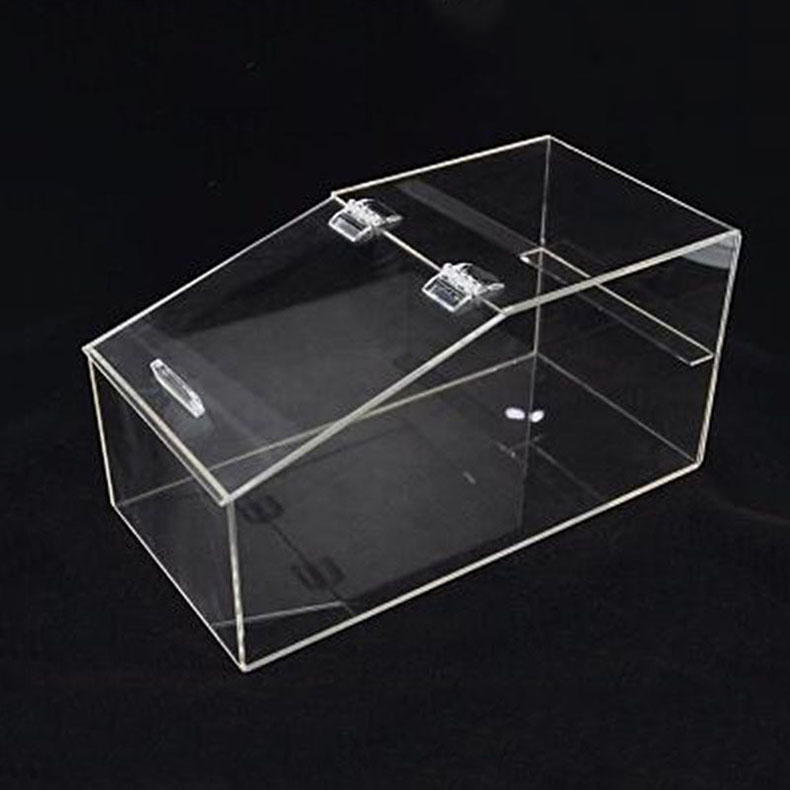The Production Processes of Acrylic Products
Acrylic products, known for their clarity, durability, and versatility, are widely used in various industries, from signage and display to architecture and interior design. The production of acrylic products involves several key processes, each crucial for achieving the desired quality and appearance.
Raw Material Preparation
The first step in acrylic product production is the preparation of raw materials. Acrylic, also known as polymethyl methacrylate (PMMA), is typically derived from petroleum-based chemicals. The raw materials are carefully selected and measured to ensure the correct chemical composition.
The main raw material for acrylic is methyl methacrylate (MMA) monomer. This monomer is often supplied in a liquid form. Before the polymerization process, it may be mixed with various additives such as initiators, which start the polymerization reaction, and stabilizers, which help prevent degradation of the acrylic during processing and use. These additives are added in precise amounts to achieve the desired properties of the final acrylic product, such as its hardness, flexibility, and resistance to UV light.
2. Polymerization
Polymerization is the process of converting the MMA monomer into a solid polymer. There are two common methods for this: bulk polymerization and suspension polymerization.
Bulk Polymerization
In bulk polymerization, the MMA monomer is placed in a mold or a reaction vessel without any solvent. The initiator is added, and heat or radiation is applied to start the polymerization reaction. As the reaction progresses, the monomer molecules link together to form long chains of polymer. This method is often used to produce large, solid acrylic sheets. The advantage of bulk polymerization is that it can produce high - quality, pure acrylic with excellent optical properties. However, it requires careful control of temperature and reaction conditions to avoid issues such as uneven polymerization and the formation of bubbles.
Suspension Polymerization
Suspension polymerization involves dispersing the MMA monomer in water as small droplets. An initiator is added to the droplets, and the reaction takes place within each droplet. The droplets are kept in suspension by a stirring mechanism. After the polymerization is complete, the solid polymer beads are separated from the water, washed, and dried. These beads can then be used for further processing, such as extrusion or injection molding. Suspension polymerization is a more flexible method and can produce acrylic with a wider range of properties.
3. Shaping Processes
Once the acrylic polymer is produced, it needs to be shaped into the desired product form. There are several common shaping processes.
Extrusion
Extrusion is a widely used process for making acrylic sheets, rods, and tubes. In extrusion, the acrylic polymer, usually in the form of pellets, is fed into a hopper and then into an extruder. Inside the extruder, the polymer is heated and melted. The molten acrylic is then forced through a die, which gives it the desired cross - sectional shape. For example, a flat die is used to produce sheets, while a circular die is used for rods and tubes. As the extruded acrylic exits the die, it is cooled and solidified. This process can produce continuous lengths of acrylic products with consistent cross - sections.
### Injection Molding
Injection molding is suitable for producing complex - shaped acrylic products with high precision. The acrylic pellets are first melted in a heated barrel. The molten acrylic is then injected under high pressure into a mold cavity. The mold is designed to have the exact shape of the final product. Once the acrylic cools and solidifies inside the mold, the mold is opened, and the product is ejected. Injection molding allows for the mass production of identical acrylic parts with fine details and smooth surfaces.
### Thermoforming
Thermoforming is a process where a flat acrylic sheet is heated until it becomes soft and pliable. The heated sheet is then placed over a mold and formed into the desired shape using vacuum pressure or mechanical force. After the acrylic cools and hardens, it retains the shape of the mold. Thermoforming is often used for producing items such as display cases, packaging, and automotive parts.
4. Finishing Processes
After the acrylic product is shaped, it usually undergoes several finishing processes to improve its appearance and performance.
Polishing
Polishing is used to give the acrylic product a smooth, glossy surface. There are different polishing methods, including mechanical polishing, where abrasive materials are used to remove surface imperfections, and chemical polishing, which involves treating the surface with a chemical solution to dissolve a thin layer of the acrylic and create a smooth finish.
Cutting and Drilling
Cutting and drilling are necessary operations to size the acrylic product and create holes for assembly or installation. Specialized cutting tools such as saws, lasers, and routers are used for cutting acrylic, while drill bits are used for drilling holes. Care must be taken during these operations to prevent cracking or chipping of the acrylic.
Printing and Coating
Printing can be used to add graphics, text, or logos to the acrylic product. Methods such as screen printing, digital printing, and pad printing are commonly used. Coating can be applied to enhance the performance of the acrylic, such as adding a UV - resistant coating to protect it from sunlight damage or an anti - scratch coating to improve its durability.
In conclusion, the production of acrylic products is a complex process that involves multiple stages, from raw material preparation to finishing. Each process requires careful control and expertise to ensure the production of high - quality acrylic products that meet the diverse needs of different industries.



